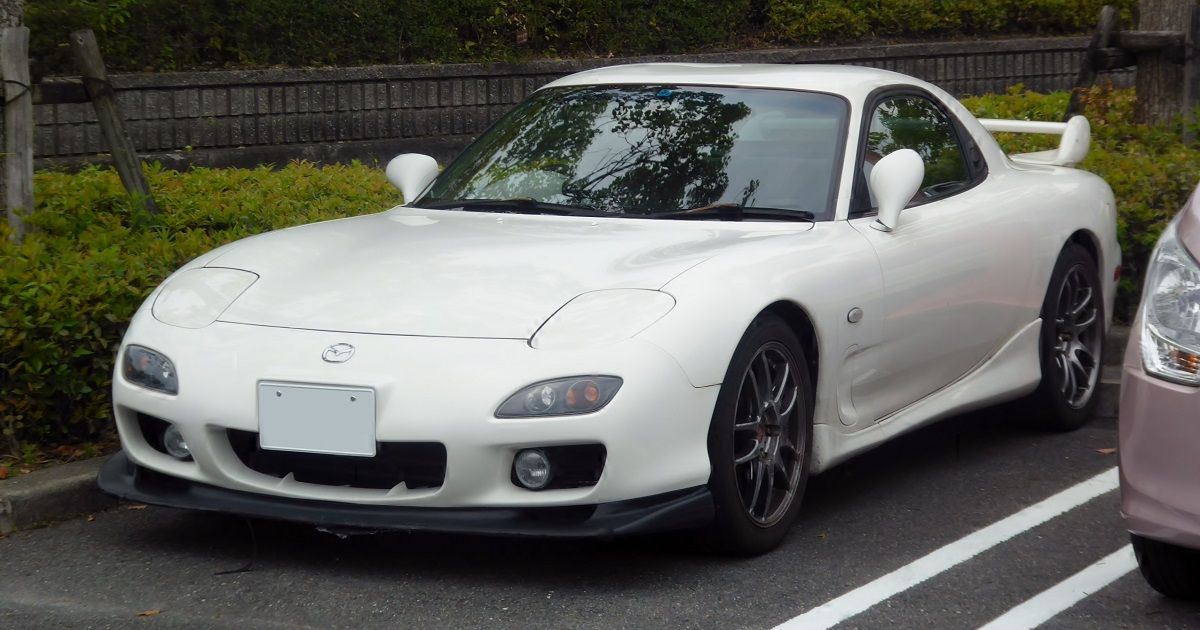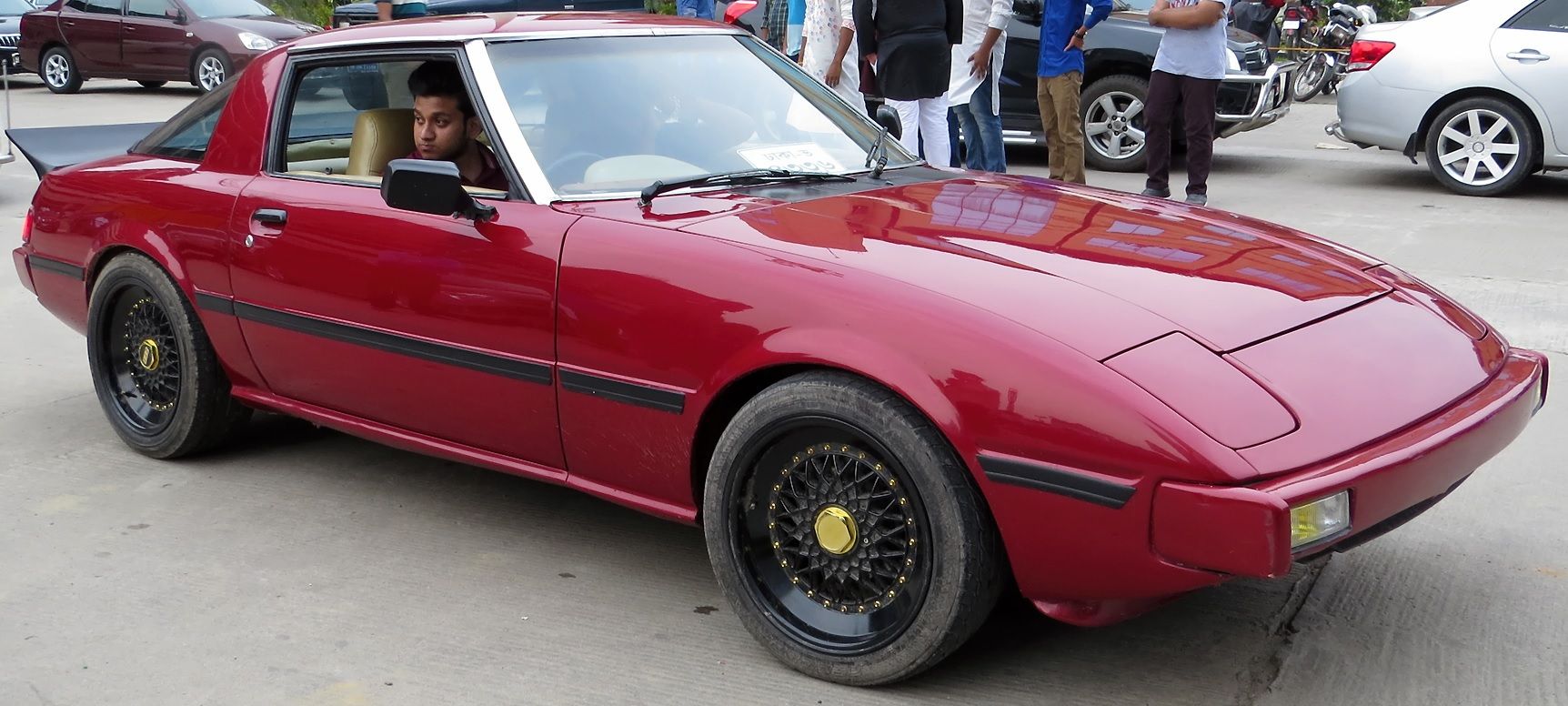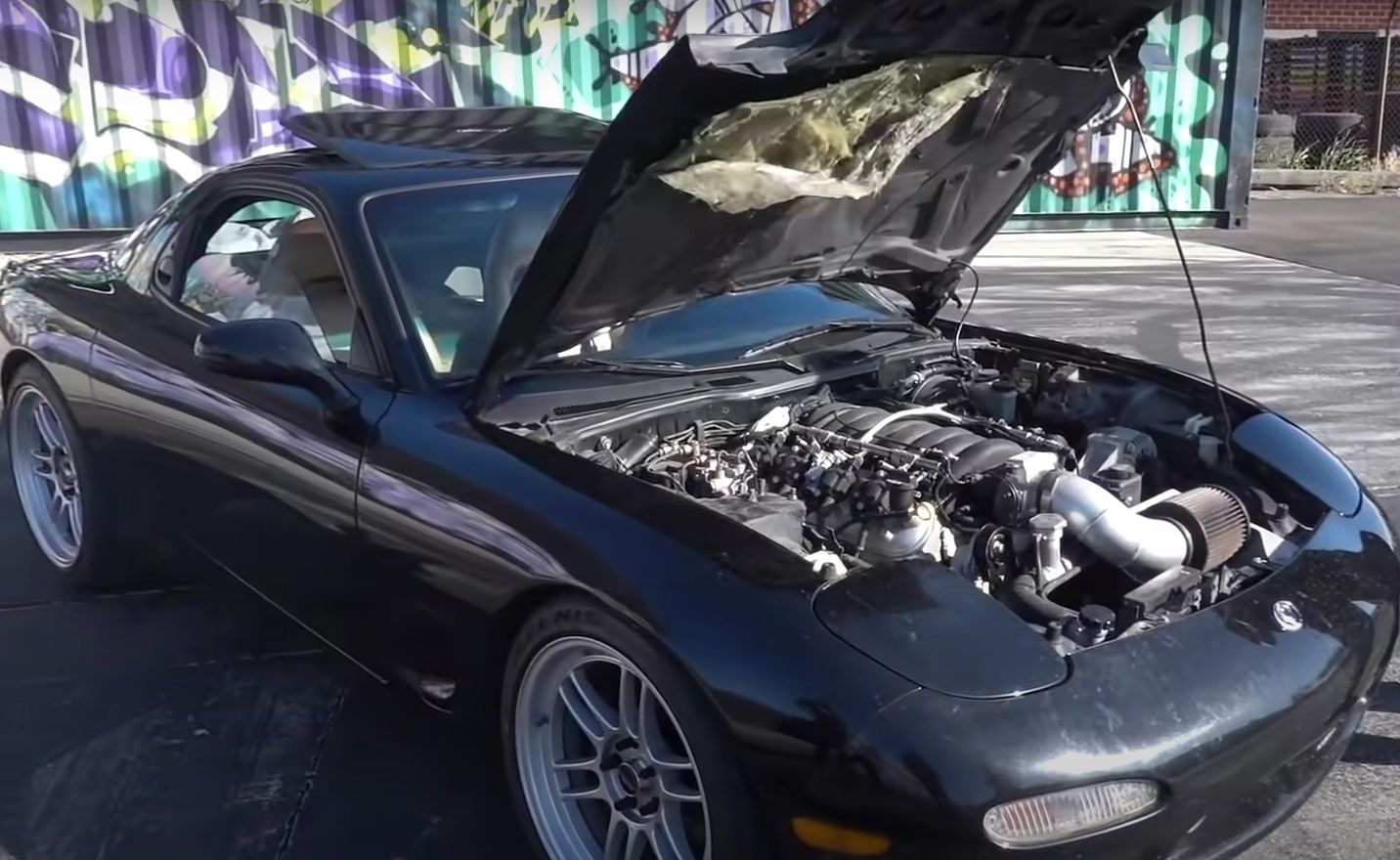Seeing any Mazda RX-7 on the road nowadays is considered a treat by many enthusiasts. And there's a reason for that. Out of the over 800,000 units sold throughout the RX-7's lifetime, only a fraction of them still survive, and even fewer are stock examples.
800,000 is a lot of cars, especially for a sports car that was built by a company that primarily mass-produced economy sedans. That number would usually mean a swath of them survive and get well taken care of, but sadly, that just hasn't happened.
One potential remedy for the RX-7's impending doom is taking the form of the LS-Swap. A simple and affordable option for some but painful to others (including us). Enthusiasts care about cars in an emotional way, and while you can modify a car as you wish (well, within the law), it's a sad sight when the high-revving heart of another RX-7 is given up on and simply thrown out.
We do know that we can't keep an RX-7's rotary motor running forever, but in the meantime, here's why we think the LS needs to wait its turn before consuming the RX-7 community.
We Love Old Rotaries Despite Their Problems
In 1978, Mazda revealed the first Mazda RX-7. Its internal code, "FB", designated that it was a first-generation car, as the second and third generations' internal codes are "FC" and "FD," respectively. The RX-7 took a hard turn away from the common four-cylinder, downsized engines that were popular in the '70s and used a new formula.
Instead, Mazda used a rotary motor. An engine that uses no pistons but instead a triangular rotor with offset teeth that are connected to a crankshaft. As the crank spins, each slightly rounded side of the triangular rotor acts like a piston would, going through an intake, compression, ignition, and exhaust cycle.
You could fill books writing about the rotary engine's technology, but the point is, they are heavily flawed. Because of the long combustion surface area in the temporary chamber, fuel tends to get left unburnt and ends up sitting in the engine or getting into the exhaust. They also are unpredictable when it comes to temperature because only one part of the engine experiences combustion and ignition.
These problems can be mitigated, but the basic layout of the engine itself is where the issues ultimately lie. As a result, the rotary engine eventually ends up ruined after a certain amount of miles, and not many drivers want to spend the time or money needed to fix that. Luckily, there are some heroes of the automotive world that do amazing work on rotaries. And they do it because of a few important reasons.
First: rotary engines can rev extremely high. Instead of having pistons going up and down, the rotary's parts move only in a circular fashion, putting less stress on each component and thus allowing it to reach F1-level redlines.
Second: they are small but can pack a punch. The 13B rotary engine from the majority of RX-7 examples is only 1.3-liters, making it one of the smallest engines to ever go in a sports car. What this also gives the RX-7 is ease in packaging. Mazda was able to mount the little rotary so far back against the firewall that the wheels were basically in line with the front of the engine, putting all the rest of the rotary's mass in between the axles.
Lastly, they sound like nothing else on the road. The ability to rev high isn't just a performance benefit; it's also a key part of the RX-7's driving experience. Most of us don't redline our engines in between every shift, but short-shifting an RX-7 means you are shifting at 5,000-6,000 rpm. And if you have a built-up 3-rotor or 4-rotor rotary, you can keep revving up to 10,000 RPM (give or take)
LS-Swapping Your Mazda RX-7 Is Not The Answer Yet
All the great things we just listed about the RX-7's rotary motor are what make this JDM legend so popular but also so niche at the same time. Almost all enthusiasts can respect the person who wrenches successfully on a rotary and keeps another RX-7 alive. But the problem is just that. Rotary experts and enthusiasts can't cover as much ground as a Chevy enthusiast.
The LS-series motors are some of the most easily attainable, best sounding, and maintainable units around, which makes them the first choice in any engine swap discussion. But swapping an LS into a little RX-7 also puts your signature on things like new shocks, new mounts, new transmissions, and more metal to support that lump of aluminum upfront.
Keeping the rotary in your RX-7 is admirable, and we salute those who continue to practice that dying art. But you'll notice we used the word "yet" in the title. Yes, there will come a time when the rotary world is strictly aftermarket, and building your own will be more expensive than swapping in the LS.
When and only when that time comes will we consent to have strictly V8-powered RX-7s. But until then, enjoy the uniqueness of the most famous rotary car of all time.



